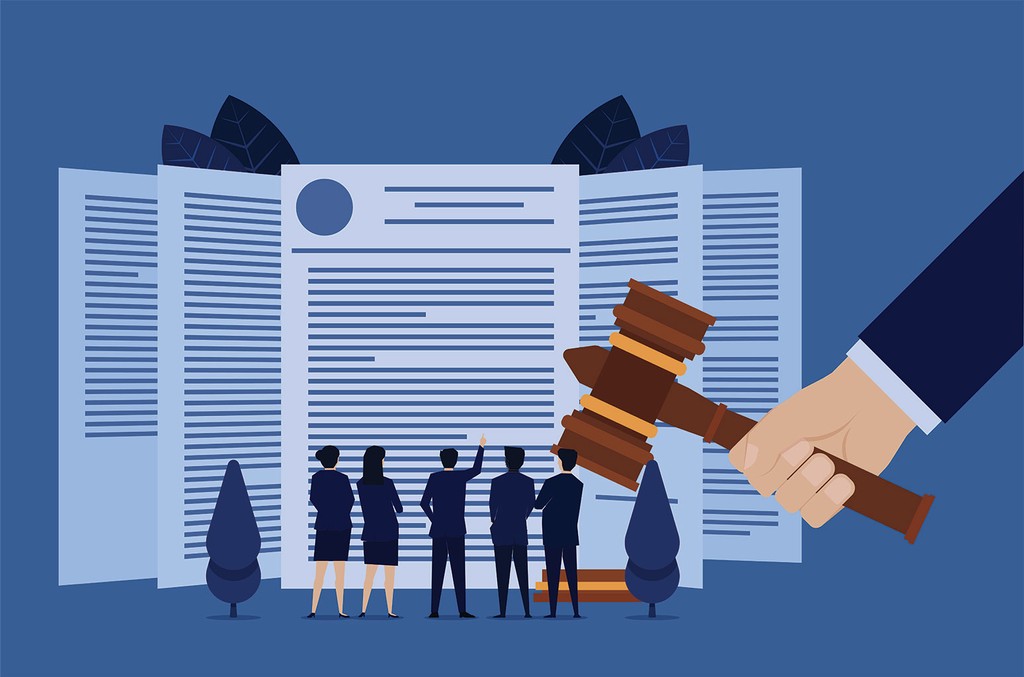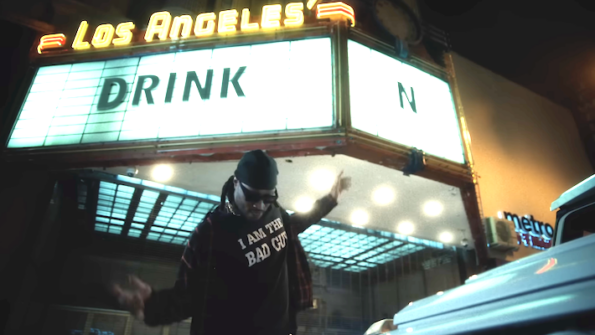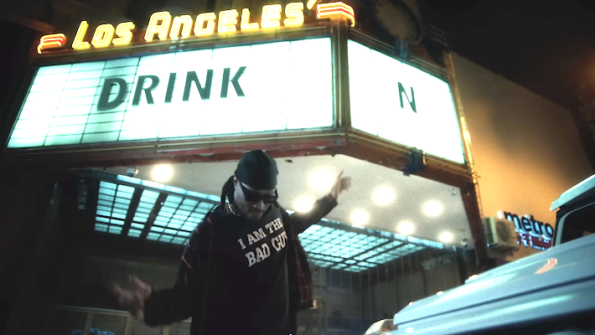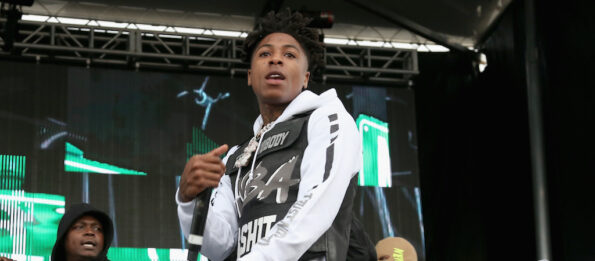In a hearing in front of the Intellectual Property Subcommittee of the U.S. Senate Judiciary Committee held Tuesday, elected officials heard from both copyright owners and the technology community on whether the Safe Harbor protection of the Digital Millennium Copyright Act (DMCA), first enacted in 1998, is still working or needs to be updated.
As expected, creators in the music industry — including Don Henley of the Eagles — labeled Safe Harbor an outdated clause that encourages piracy, suppresses financial renumeration and puts the burden of policing infringement on individuals, rather than the deep-pocketed, sophisticated-technology-enabled big corporate digital service providers.
On the other side, advocates for the technology companies that benefit from monetizing copyright creation predictably testified that the system is not only working just fine, but that most big digital services go far beyond the duties required of them by the DMCA and have built systems that help copyright owners protect their creations and receive substantial financial renumeration.
What Are The Issues With Safe Harbor?
The Safe Harbor provision, encapsulated in Section 512 of the DMCA, protects digital services from potential copyright infringement lawsuits if users upload unlicensed works to their services by providing limitations on liability. The provision has spawned an elaborate notice-and-takedown system that now sees hundreds of millions of notices filed every year with digital services, a number that increases each year.
Under the notice-and-takedown system, rights holders are supposed to notify a service if an uploaded work is unlicensed, and the service then takes the work down. But as that system has evolved, it now requires the digital service to notify the user who initially uploaded the work and give them the opportunity to respond. That user can contest the copyright owner’s claim, which ultimately can results in the work remaining available on the service, unless the copyright owner sues. But if the user allows the work to be removed, they can immediately re-upload the same work with a different URL, creating the frustrating whack-a-mole routine that so many in the creative industry detest.
Yesterday’s hearing is part of an ongoing process initiated by House Judiciary Committee in 2015, which instructed the Copyright Office to evaluate the impact and effectiveness of Section 512. The Copyright Office says it received more than 92,000 written submissions when it opened its inquiry, and also held hearings and roundtables on the topic. Last month, it issued a report on its findings, concluding that the “Safe Harbor system today is unbalanced.”
The report, however, does not recommend wholesale changes to Section 512, but instead identifies certain areas that “Congress may wish to fine-tune in order to better balance the rights and responsibilities of online service providers and rights holders in the creative industry,” according to the Copyright Office website.
As a followup to the report, the Senate held the hearing, which occurred amid protests on racial inequality in the United States following the death of George Floyd in an encounter with Minneapolis police on May 25. All participants began by acknowledging the protests and the wrongful death of Floyd, before moving to the topic at hand.
The Artists’ Side
In opening his testimony, Henley stressed that the music business consists of millions of people, not just successful artists like himself.
“I am speaking out for those songwriters and recording artists who are struggling to make a living,” he testified, according to a copy of his statement on the Senate website. “Particularly now, as our industry has been decimated by the pandemic, we need equitable compensation for the rights guaranteed to authors under the Constitution. Given the current ban on large social gatherings and the indefinite pause in live performances, income from licensed digital music services may be the only real source of revenue music creators can rely on the foreseeable future. So, it is imperative that the devaluation of music — which is a direct result of the DMCA — ceases.”
Henley noted that under the current law, the burden of policing copyright infringements on global platforms lies with the artists instead of the massive technology companies who own and operate the platforms, with 500 hours of video uploaded by users to YouTube every minute and 1 billion videos viewed on TikTok every day. With that type of content flow, individual artists that own their copyrights have little to no ability to combat rampant infringement. Even though content owners send hundreds of millions of takedown notices annually, each takedown is replaced by a dozen more unlicensed works, Henley claimed.
The big digital platforms have the tools to combat infringement but they “choose not to,” Henley continued. “The astronomical number of infringement notices sent by creators is not a sign that the system is working, as some defenders of the DMCA suggest… That would be akin to measuring our country’s success in fighting wildfires by measuring the number of attempts to extinguish them.”
In order to encourage changes to the DMCA, the Recording Industry Association of America created the following video to lobby Congress:
The Tech Platforms’ Side
Jonathan Berroya of the Internet Association countered Henley’s arguments, saying that the Section 512 notice-and-takedown framework is working just fine, instead claiming that most of the infringement is being “fueled by bad-faith online actors overseas.” He says IA members work closely with rights holders to thwart such infringers, who mostly are “beyond the reach of U.S. copyright law.”
The trade group members’ innovation have made new income streams for creators, and provided a way to allow new voices to be heard, all thanks to Section 512. In fact, the Copyright Office report noted it “has fostered the growth of an internet that has transformed the world we live in for the better,” he reported.
Berroya further pointed out that the digital platforms have made substantial commitments to combating infringement. “For example, YouTube has invested over $100 million in its Copyright Management Suite, including Content ID,” he reported, and cited other examples as well, including Facebook developing its own content protection tool. “It is only with the collaboration and flexibility engendered by Section 512 that such advanced systems have been developed,” he said.
Any change to Section 512 would have a “potential negative impact” that could increase operational risk for existing platforms and new entrants; put limits on the types of functionality that platforms offer; and will chill innovation, Berroya testified.
That’s why his trade group “firmly disagreed” with the report’s conclusion that Section 512’s balance has been tilted askew and also disagreed with many of the Copyright Office’s recommendations. He concluded by urging the Senators to leave things as they are, because “the system as it currently stands strikes a remarkable balance for all the members of the ecosystem.”
Is It the System’s Fault?
But Kerry Muzzey, a film, television and classical-music composer who said he owns 100% of the rights to his work, disagreed with Berroya’s testimony, even though his career has been able to flourish thanks to the platforms that have created economic models benefitting creators.
Muzzey, who said his compositions have appeared in such television shows as Glee and So You Think You Can Dance, said he was one of the few indie artists who had access to YouTube’s Content ID system, which he described as “nothing short of brilliant.” In the first month after he gained access to that system, which uses audio fingerprint technology, he found 20,000 videos with unauthorized uses of his music, all of which he would not have otherwise discovered. To date, YouTube Content ID has located about 110,000 unlicensed uses of his music in videos hosted on its platform, he reported.
But that’s when he discovered his next problem: the limitations of the takedown notice-system.
“I began to send DMCA takedown requests on these tens of thousands of uses, and I quickly learned just how broken the DMCA was,” Muzzey said. “As I filed takedowns, I began receiving counter-notifications forwarded by YouTube. These notifications were from the companies and organizations using my music, as well as individual YouTube users — all of whom said that their use of my music in their ads, commercials and fundraisers was fair use under U.S. Copyright Law. I was stunned.”
Muzzey claimed that 100% of these counter fair use claims were false, but the system gave him only 10 days to file a copyright infringement lawsuit, or else the users would be able to keep the videos up on the platform. As one of hundreds of thousands of small copyright owners, Muzzey said he couldn’t afford to file one lawsuit, let alone against thousands of infringers. Without such lawsuits, those users can continue to profit off his music.
The YouTube does allows copyright owners to claim ownership and monetize such uses too, but that ownership claim also is susceptible to challenges by the original uploader, which then leads to a whole other process with different issues and complexities for the creator to navigate.
“This is why false counter-notifications are so often employed” by YouTube uploaders, Muzzey said. “By filing one, the uploader gets the copyright strike removed and YouTube lets them keep making money. The scam seems pretty obvious. So why does YouTube let them get away with it?” YouTube’s response is it is acting in accordance with the DMCA, he said, adding that while the platform is following the letter of the law, it is not in keeping with the spirt of the law.
“This is why I assert that the notice-and-takedown process in the DMCA is broken,” Muzzey said, suggesting the process be flipped to put the onus on uploaders to demonstrate that they are entitled to use his music. “I am exhausted by the anti-copyright crowd’s assertions that actually protecting copyright on the internet will destroy free speech, stifle creativity and undermine fair use. When someone uses my instrumental music in a video, that is not free speech. That is theft. I invite anyone to explain why it is not.”
Does It Go Beyond Copyrighted Works?
Yet one argument says the debate has become too close-minded, and goes beyond issues involving copyright. Meredith Rose, policy counsel for open-internet group Public Knowledge, came at the issue from a different direction. Rose testified that, so far, the discussion has been framed as a dispute between “artists” and “tech,” but that each side is overlooking the more than 229 million American adults who use the internet as more than just a copyrighted-content delivery mechanism.
“In the current pandemic, every facet of our lives — from studying and working to buying food and paying utilities — occurs online,” she said. “Every law that governs individuals’ use of and access to the internet affects all of us. Any new balance to Section 512 must keep in mind the impact on the nation’s 229 million internet users — and the law’s impact on their ability to speak.”
Whatever is ultimately decided, she argued one of the solutions should not be allowing a repeat infringing user’s access to the internet to be cut off or curtailed, a tactic endorsed by some in the creative community.
Moreover, for all the complaints about unauthorized uses, Rose mentioned there is also an abundance of bad takedown notices, which she said affect the ability of users and creators to use the internet for free expression, creativity and to hide information from public view.
Researchers examined 108 million takedown notices and found that 30% of them were “problematic” and 4.5 million of them were “fundamentally flawed.” For example, she said, some episodes of a show appeared on a Russian streaming site, but the network that owned the show used takedown notices to remove news reports about the shows being available, even though those reports themselves didn’t contain any infringing material. She added that governments and organizations like Scientology also use the system to take down criticism of themselves by others.
“The DMCA’s notice-and-takedown provisions are extraordinarily powerful tools with a documented history of weaponization,” Rose stated.



